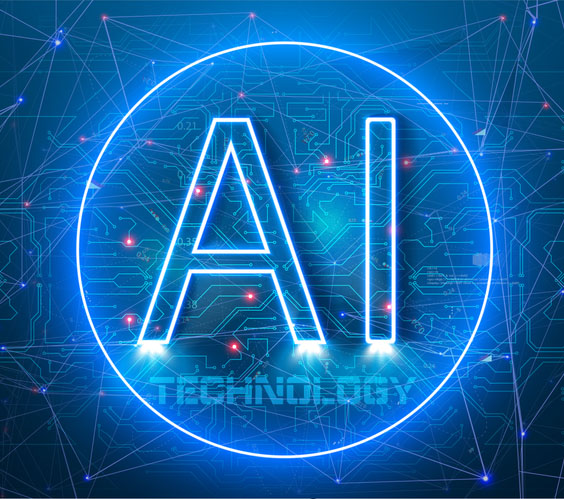Gartner Inc. Predicts $623B Tech Investments in 2022 by Banks and Financial Services Firms
In a press release by Gartner, Inc., the company boldly predicts that banks and financial firms will boost their technology products and services investments in 2022 to the tune of $623 billion. Gartner Inc. goes on to identify what they consider the top three tech trends emerging in banking and investment services.

Generative artificial intelligence (AI), autonomic systems and privacy-enhancing computation are three technology trends gaining traction in banking and investment services in 2022, according to Gartner, Inc. These trends will continue to grow over the next two to three years, contributing to growth and transformation of financial services organizations.
“While growth is the top priority, the need to manage risk, optimize costs and increase efficiency also requires new technology innovations,” said Moutusi Sau, VP Analyst at Gartner. “Generative AI enables bank CIOs to offer technology solutions to the business in pursuit of revenue growth, while autonomic systems and privacy-enhancing computation are long-term solutions that provide new options for business transformation in financial services.”
Other identified trends include:
- IT spending by banking and investment services firms is forecast to grow 6.1% in 2022 to $623 billion worldwide
- The largest category of spending is IT services, which includes consulting and managed services and accounts for 42% of total IT spending in the sector at $264 billion
- The fastest growing category is software, with spending forecast to increase by 11.5% to $149 billion
Detailing the Top Three Trends
Gartner, Inc.'s press release provides a description of each of the top three trends:
Artificial Intelligence in Check Processing and Fraud Detection
Artificial intelligence and machine learning technologies are presently being deployed in a majority of financial institutions. In a recent article from PYMNTS.com:
The move toward more efficient digital processes has 75% of surveyed companies across all financial sectors saying that they now employ some form of high-performance computing, deep learning and ML to accelerate core computing. Additionally, 43% of survey respondents who are implementing AI to improve their processes said that they are getting more accurate models, while 38% said AI provides a competitive edge over rivals. Twenty-nine percent said they have realized operational efficiencies due to implementing AI, and 28% attributed improved customer experiences to their implementations.

For checks, artificial intelligence and machine learning are being deployed by financial institutions and service bureaus to streamline the processing of checks, with field performance of 99% automation and 99.5%+ accuracy.
Check fraud detection has seen huge results from the implementation of artificial intelligence and machine learning. Transaction-based analytics systems are processing millions of transactions and learning the behaviors of accounts -- building stronger profiles of activities and spotting anomalous behaviors. This is being combined with image-forensic AI that analyzes check images and compares them to previously cleared checks to detect counterfeits, forgeries, and alterations -- providing a full-scope fraud detection solution.